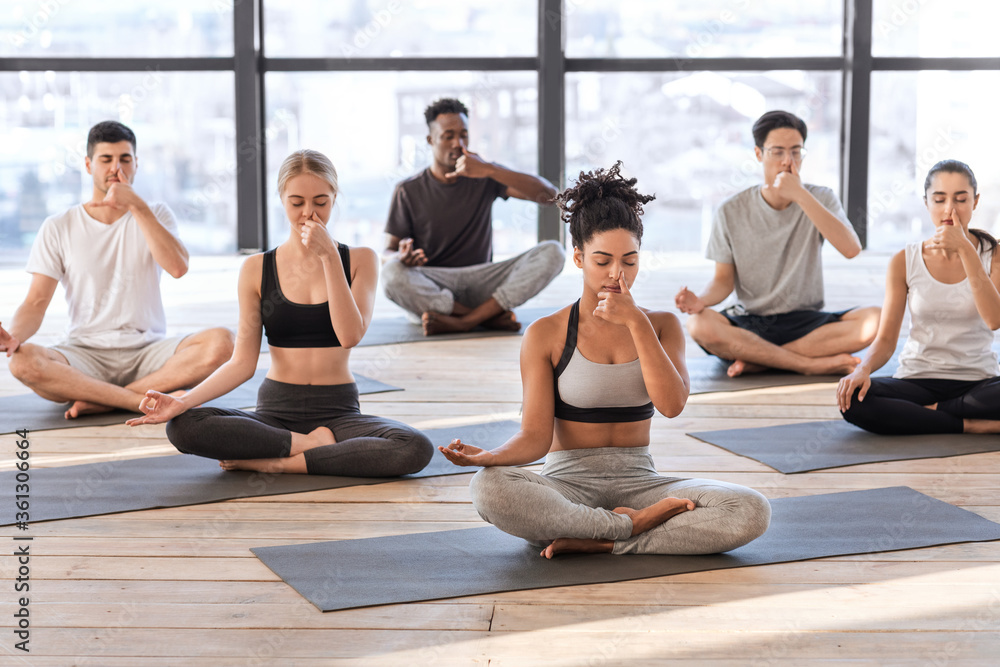Introduction:
Living with diabetes can be challenging, but incorporating yoga into your daily routine can have a profound impact on managing this condition. Yoga, an ancient practice originating from India, combines physical postures, breathing exercises, and meditation to promote overall well-being. In this blog post, we will explore the various benefits of yoga for diabetes and provide you with a comprehensive guide to incorporating yoga into your lifestyle.
Understanding Diabetes:
Before delving into the benefits of yoga for diabetes, it's important to have a basic understanding of the condition. We will briefly explain the different types of diabetes, common symptoms, and how it affects the body's insulin production and blood sugar levels.
Benefits of Yoga for Diabetes:
Yoga offers numerous advantages for individuals living with diabetes. We will discuss the following benefits in detail:
Improved insulin sensitivity: Certain yoga postures and practices can enhance insulin sensitivity, helping the body effectively utilize insulin.
Stress reduction: Stress can negatively impact blood sugar levels. Yoga's emphasis on deep breathing and relaxation techniques can reduce stress and promote emotional well-being.
Weight management: Maintaining a healthy weight is crucial for diabetes management. We will explore how yoga can aid in weight loss and weight maintenance.
Increased physical activity: Regular physical activity is essential for managing diabetes. Yoga provides a low-impact exercise option that can be adapted to individual needs and abilities.
Enhanced circulation: Yoga poses that involve stretching and gentle movements can improve blood circulation, benefiting those with diabetes-related circulation issues.
Recommended Yoga Poses for Diabetes:
We will provide a list of specific yoga poses that are particularly beneficial for diabetes management. Each pose will be described in detail, including step-by-step instructions and potential modifications for beginners or those with physical limitations.
Pranayama (Breathing Exercises):
Breathing exercises, known as pranayama, are an integral part of yoga. We will explain the importance of pranayama for diabetes, outline different breathing techniques, and guide you through their practice.
Meditation and Mindfulness:
In addition to physical postures and breathing exercises, incorporating meditation and mindfulness into your yoga practice can have a profound impact on managing diabetes. We will introduce simple meditation techniques and explain their benefits.
Precautions and Considerations:
While yoga is generally safe for most people, it's important to consider certain precautions and consult with a healthcare professional before starting a new exercise routine. We will discuss safety guidelines, potential contraindications, and how to adapt yoga to individual needs.
Incorporating Yoga into Your Daily Life:
To make yoga an integral part of your diabetes management plan, we will provide practical tips on incorporating yoga into your daily routine. Whether you have a few minutes or an hour to spare, there are ways to ensure regular practice and reap the benefits.
Conclusion:
Yoga can be a powerful tool in managing diabetes by improving insulin sensitivity, reducing stress, promoting physical activity, and enhancing overall well-being. By incorporating yoga into your daily life, you can experience the positive impact it has on your diabetes management journey. Remember to consult with your healthcare provider before starting any new exercise regimen and enjoy the transformative benefits of yoga for diabetes.
Note: It's important to remember that this blog post is for informational purposes only and should not replace professional medical advice. Always consult with a healthcare professional before making any changes to your diabetes management plan.
To learn more about Yoga by Kalari diabetes and other chronic disease management programs please talk to and expert



